EM GUIDE: A new network of independent music magazines
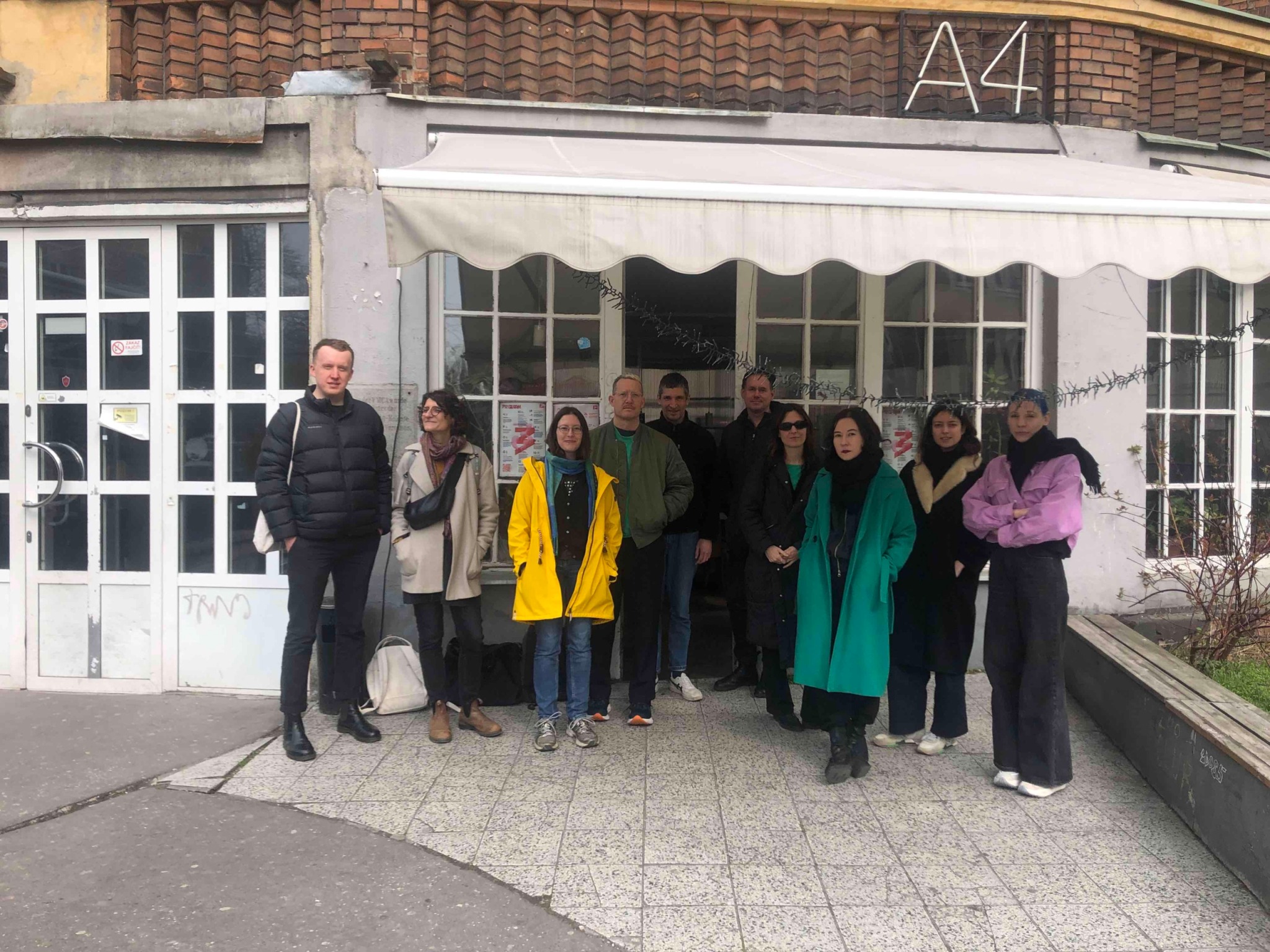
A main observation to begin with is this: independent journalism on independent music cannot be financially feasible.
By independent journalism we mean the lack of stable financing such as ads or state funding. And we use the term independent as a synonym for “niche” or “underground”. Often, independence is a choice (and not a necessity) to protect authenticity and guarantee space for innovation. While independent music can fuel itself through gigs, journalism (including all digital and physical formats) is something that typically can only survive as a subsidised activity, for example, as a hobby project or a side-activity of a festival.
So, there seems to be a stalemate: to maintain freshness and trustworthiness, a music magazine may choose to keep itself clean of big (or any) money; without money, on the other hand, they are doomed to cease operation sooner than later.
Break the stalemate.
The challenge is to prove the original observation wrong and break the stalemate.
Focusing on digital media and independent music journalism, one reason for the lack of money is that refresh rates are very low, which will qualify media as blogs. If, for example, weeks can pass by between new pieces of content, then it’s hard for the audience to stay connected with the medium. Even if a medium is operated more in a newsletter fashion (such as a Substack profile), followers need regular updates to develop a long-lasting connection with the site and its authors. If a site manages to build a strong (and, to some extent, big) community of followers, then opportunities of revenue streams will open up, such as through membership donations or even ads.
One idea to tackle the low throughput of new content may be, as so often, to divide & conquer. Instead of relying on one local editorial team (which is often not even a team, and likely voluntary), build a network of sites that share original content across the network.
Dig local. Share global.
Of course, the rule should be this: any content needs to be relevant for the audience of the site that shares the content. Luckily, music has the power, maybe even more than any other medium, to unite and be accepted beyond borders and other boundaries. Genres do play a role, but there is a natural understanding of like-minded and autonomous music projects – see SHAPE, a network of music festivals, for example.
In fact, content from remote music scenes can be highly interesting for being new and complementary. Also, such content can only be produced by local experts who are well embedded in their scene with extensive networks and access to artists, labels, and venues.
A dilemma for networks and platforms that bring together individual projects for some sort of coordinated action is whether such a group is extendible or not, that is, will a network allow new members to join. Arguably, although it adds considerable complexity (to implement and maintain smooth membership lifecycles, a fair admission process, etc.), real and sustainable diversity cannot be reached via a static membership.
Keep local languages.
Sharing does not necessarily need to preserve the language of the original publication. To share a publication in English may work for most sites, but other languages are not that flexible. Publishing content in local languages is not only a natural manifestation of the local culture, but it also allows for the expression of complex topics and the use of advanced language. This also implies that relying entirely on machine translation is not desirable as it would be prone to error if unassisted. The translation of niche music content can be challenging even for a human translator, and it may require not only language expertise but knowledge in the topic too.
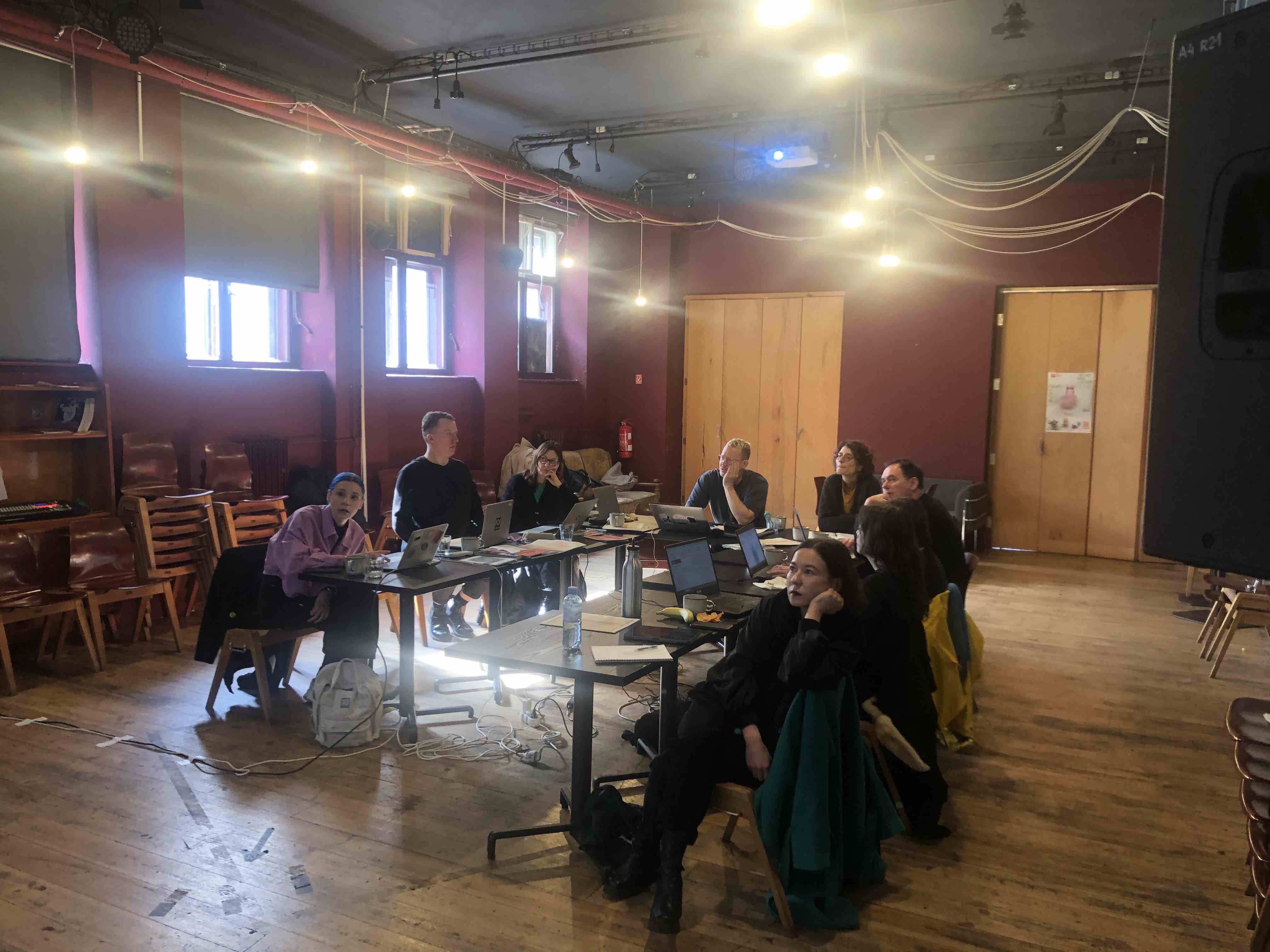
An attempt to implement the above ideas is a project called EM GUIDE, which is a network of 6 initial member magazines from 5 countries (including MMN Mag) and covering 4 languages (Hungarian, Slovak, German, and English). The project is funded by the European Union in Creative Europe’s Cooperation program – the story of the idea creation, consortium building, application writing (odds, barriers, and more) would be another long story to tell.
Consortium & a growing network.
The EM GUIDE consortium is also the initial network of magazines that will test the ideas of the project. The 20-month duration of the project is meant to be a first iteration as EM GUIDE is planned to be a long-lasting and sustainable network of a growing number of magazines from all over Europe and beyond. As of now, the network is not open for new members; first, the procedures and infrastructure need to be developed for integrating new magazines, and, as it is planned, 2025 will see the first new members joining the network.
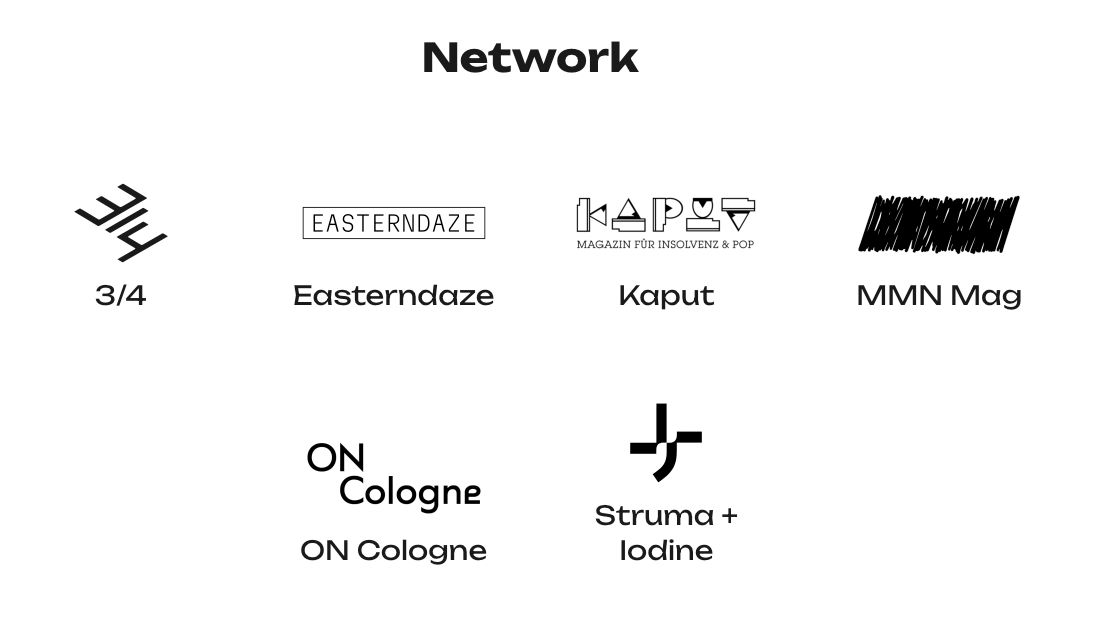
With the selection of the initial members of EM GUIDE, the aim was to cover different genres and patterns of how a music magazine can be set up and curated. ON Cologne from Germany, with a focus on new music and related genres (such as “music theatre”), has the strongest institutional background and the only active printed series among the members. Also from Germany, Kaput Magazin covers worldwide pop music and art, with a strong focus on the existence of artists in and beyond the music industry; it is a one-of-a-kind manifestation of an idealistic music magazine run by professionals. Both ON and Kaput publish in German and also in English. Struma+Iodine is a Vienna-based concert series and festival (under the name unsafe+sounds) and a bilingual music magazine with extensive use of photography in their features. Easterndaze is a multifaceted project rooted in Prague, Budapest, Berlin and other places with carefully selected topics around music in the Central and Eastern European region; Easterndaze publishes in English only. 3/4 from Bratislava, formerly also as a printed series, reports about art and music in Slovak and in English too; the 3/4 team overlaps with the makers of the NEXT festival.
Empower the peers. Publish & share.
As a pivotal principle, the EM GUIDE is mainly an operative entity; it doesn’t create a new medium, and it’s basically invisible to the end user. In other words, EM GUIDE is an enabler, a fuel, which is meant to provide resources to the network members.
The main activity of the project is that member magazines curate and publish content as they wish (as there were no EM GUIDE), practising full autonomy on the choice of their content, without any curatorial intervention from the EM GUIDE network. Autonomy also applies to what content they share from other members of the network and whether or not they translate the content. The only rule EM GUIDE brings along is an average per-month publication and sharing rate where each member magazine commits themselves to produce at least 3 original publications and share another 3 from other member magazines. Such control stems from the very idea of keeping the sites alive to maintain and develop an active followership. As a result, the EM GUIDE network will publish over 600 publications in the duration of this project.
Communication. Digitalisation.
Communication-wise too, EM GUIDE relies on its members. It’s the member sites who are the primary communication channels towards the audience and, again, the members possess full autonomy over the PR strategy and the platforms they use.
EM GUIDE as a project strives for independence in terms of the choice of platforms and technologies. Also, the project seeks collaboration with all assets it produces. For example, EM GUIDE opts not to rely on big tech platforms (often referred to as MAGMA) wherever possible. Its main (and so far only) digital presence is their website, which is available at https://emgui.de or, alternatively, https://emguide.eu. The introduction of an email-based newsletter is planned in later stages of the project.
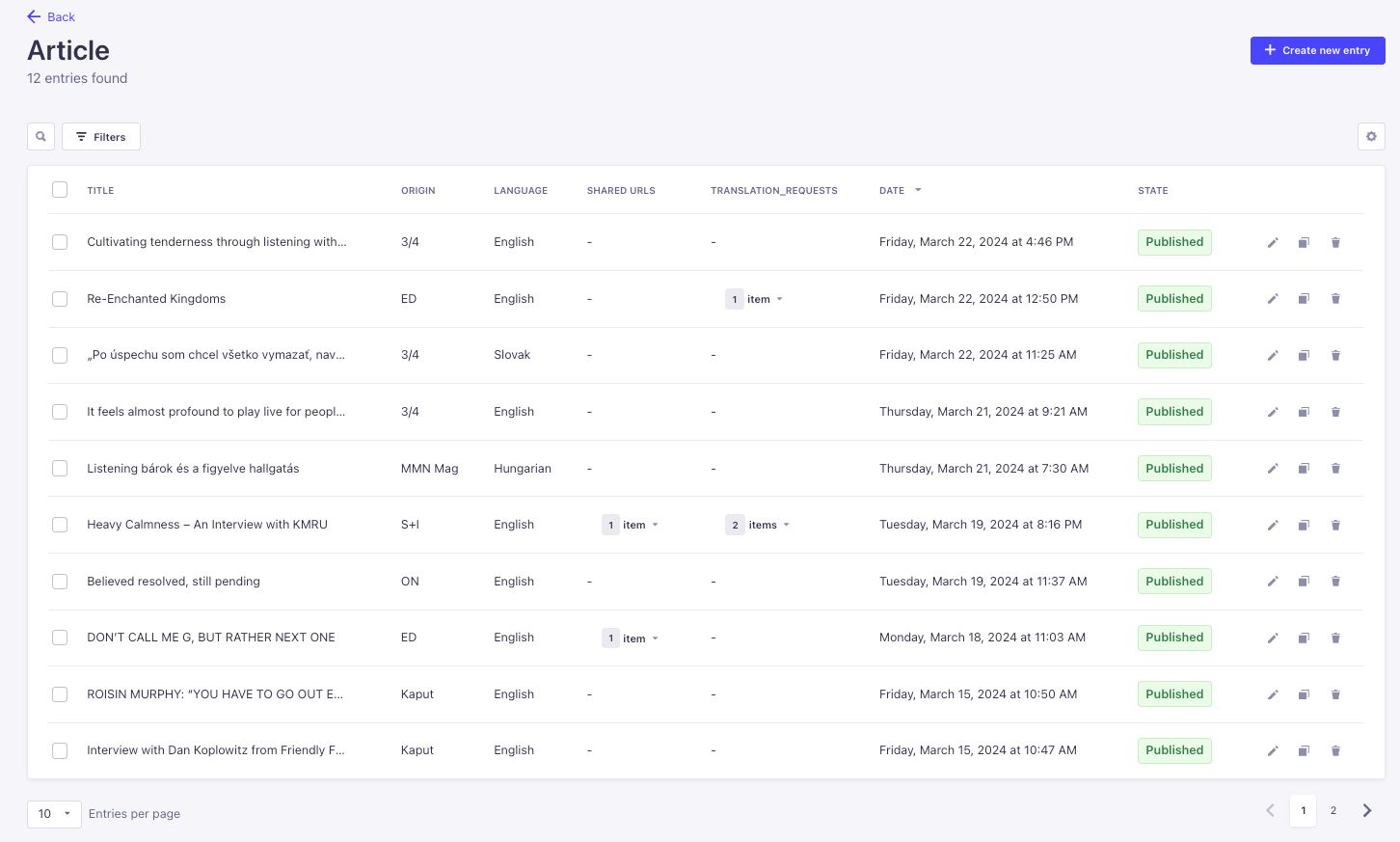
Screenshot of EM GUIDE tool prototype – custom web app to support editorial activities
EM GUIDE is also a digitisation project. The main highlight in this regard is the development of a custom web application, called the EM GUIDE tool, which is specifically developed to assist publish-share-translate workflows in the context of EM GUIDE. We believe that it’s a workflow that can become a pattern in multilingual and network-based journalism (beyond the cultural setting) and that the EM GUIDE tool can turn out to be useful for other projects as well. The source code of the EM GUIDE tool, as well as of the website, are publicly available via https://github.com/EM-GUIDE/ with licences that allow users to clone, alter, and distribute the code. The website and the tool have both been developed using state-of-the-art technologies and a flexible architecture. The current version of the EM GUIDE tool uses the native UI interface of a customised Strapi instance (a wide-spread technology to develop so called headless content management systems), where a custom frontend could easily be built on top (a plan for the next iteration of the project). The EM GUIDE website is also built on Strapi and it implements a so called static site generator (SSR) architecture with a frontend powered by Astro.
Internal skill development.
EM GUIDE is all about empowerment; to make a sector abandoned by money and systematic support stronger and sustainable. The participants of the network need to gain and maintain knowledge about professional and current tools and approaches for cultural, and specifically, music-related journalism. To this end, EM GUIDE features a monthly workshop series to equip the members with all the skills they need. One specific, and probably the most ambitious workshop topic is to understand and develop viable business models for EM GUIDE as a network, so in the long run it would not need to depend solely on funding (such as from the European Union); the workshop will discuss alternatives and will try to come up with novel hybrid models that are smart and practical combinations of revenue sources, such as community membership, crowdfunding, advertisement, or events.
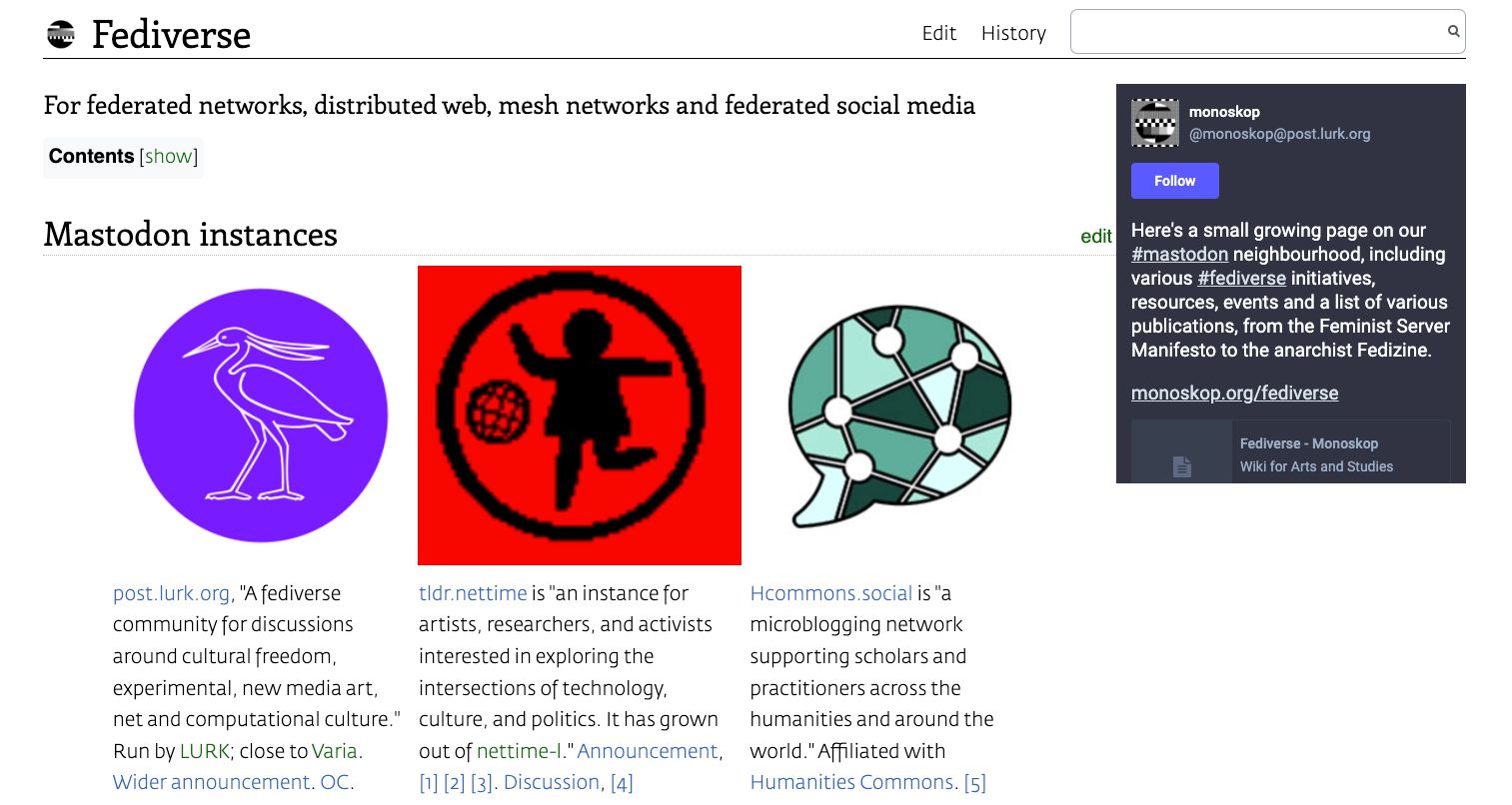
Fediverse page on monoskop.org from an EM GUIDE workshop about research methods in March 2024
Other workshops focus on more hands-on topics such as communication, authorship, or tech. For example, a dilemma that has been discussed in various workshops was the use of social media and the dependency on vendors, and alternatives such as Fediverse – most notably a connection of a bunch of Mastodon servers – to challenge (and move away) from service providers such as Meta, X or TikTok.
Joint content. Print magazine. Showcase festival.
EM GUIDE is in the background, almost always. A couple of exceptions are genres that are too costly to bear by the individual peers but that are valid and valuable activities for culture and music. EM GUIDE there makes an attempt to join the forces of the members and step up as a network.
EM GUIDE will feature complex and globally relevant topics that are curated and produced jointly by the network. Tentative themes of such joint content for 2024/25 are Time & Money, Algorithms & Tech, and Health & Environment with a series of features of each theme curated and produced in a coordinated fashion.
The EM GUIDE members believe in journalism on paper. All member magazines have a record with print in one way or another. For example, ON Cologne features a print series called NOIES, which is published bimonthly. Printed magazines are not only a cost issue but also an ecological one. A joint effort would not only reduce the cost of production, but also implement a compromise in terms of environmental footprint – compared to each magazine producing local editions. In 2024-2025, a single EM GUIDE print magazine is planned to demonstrate the feasibility of the production and to test audience interest. Going forward, the EM GUIDE print magazine would be a regular series with one or more editions yearly.
Lastly, there is no music without live events. Although EM GUIDE is primarily a digital music journalism project, the consortium plans to feature an annual showcase festival and conference with the goal of curating gigs from their network’s roster, for the members to meet, to discuss music journalism within and outside the network, and to premiere the EM GUIDE print magazine. The first edition of the EM GUIDE showcase festival will be held in Vienna in summer 2025.

This article is brought to you as part of the EM GUIDE project – an initiative dedicated to empowering independent music magazines and strengthen the underground music scene in Europe. Read more about the project at emgui.de.
Funded by the European Union. Views and opinions expressed are however those of the author(s) only and do not necessarily reflect those of the European Union or the European Education and Culture Executive Agency (EACEA). Neither the European Union nor EACEA can be held responsible for them.